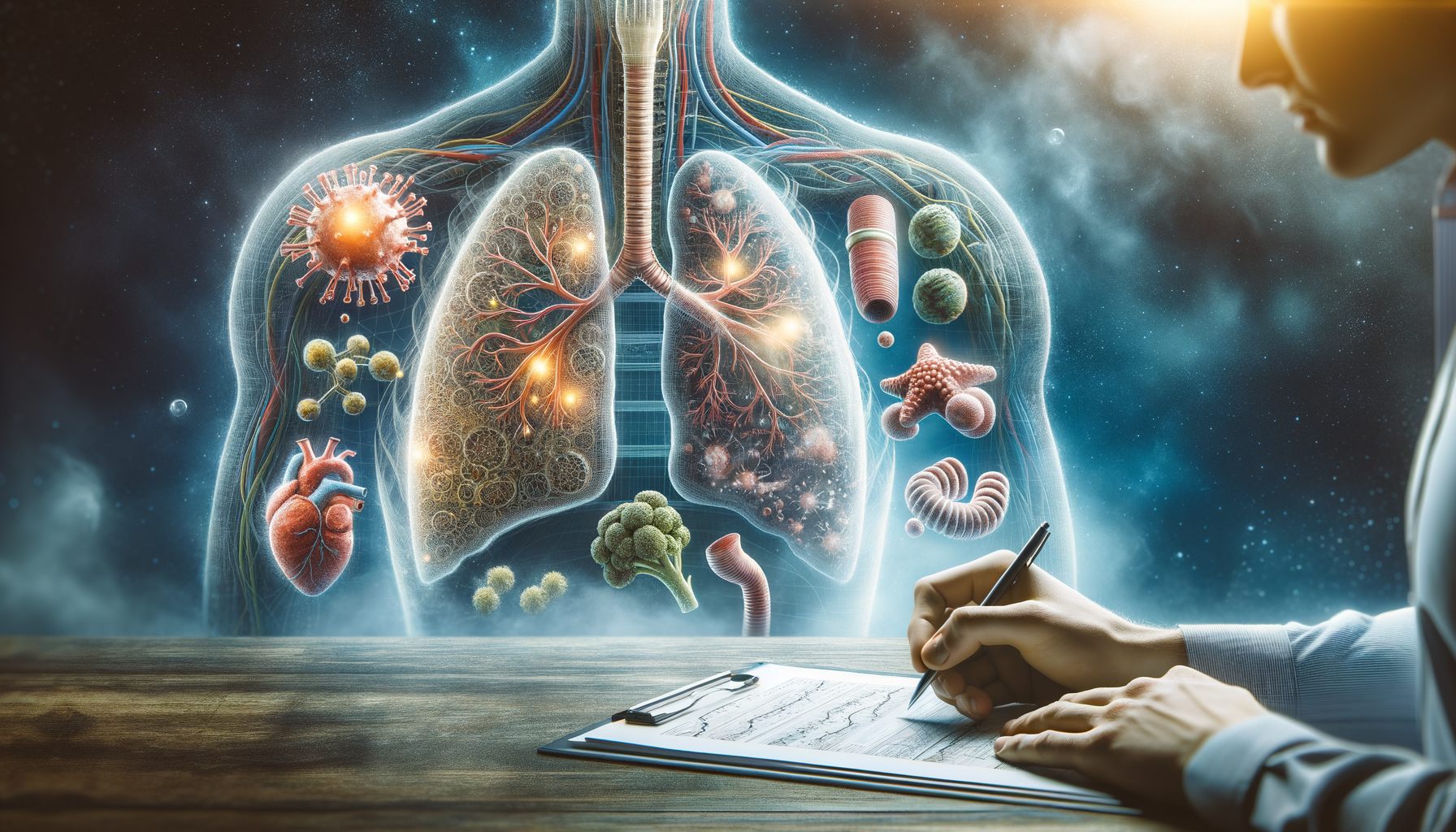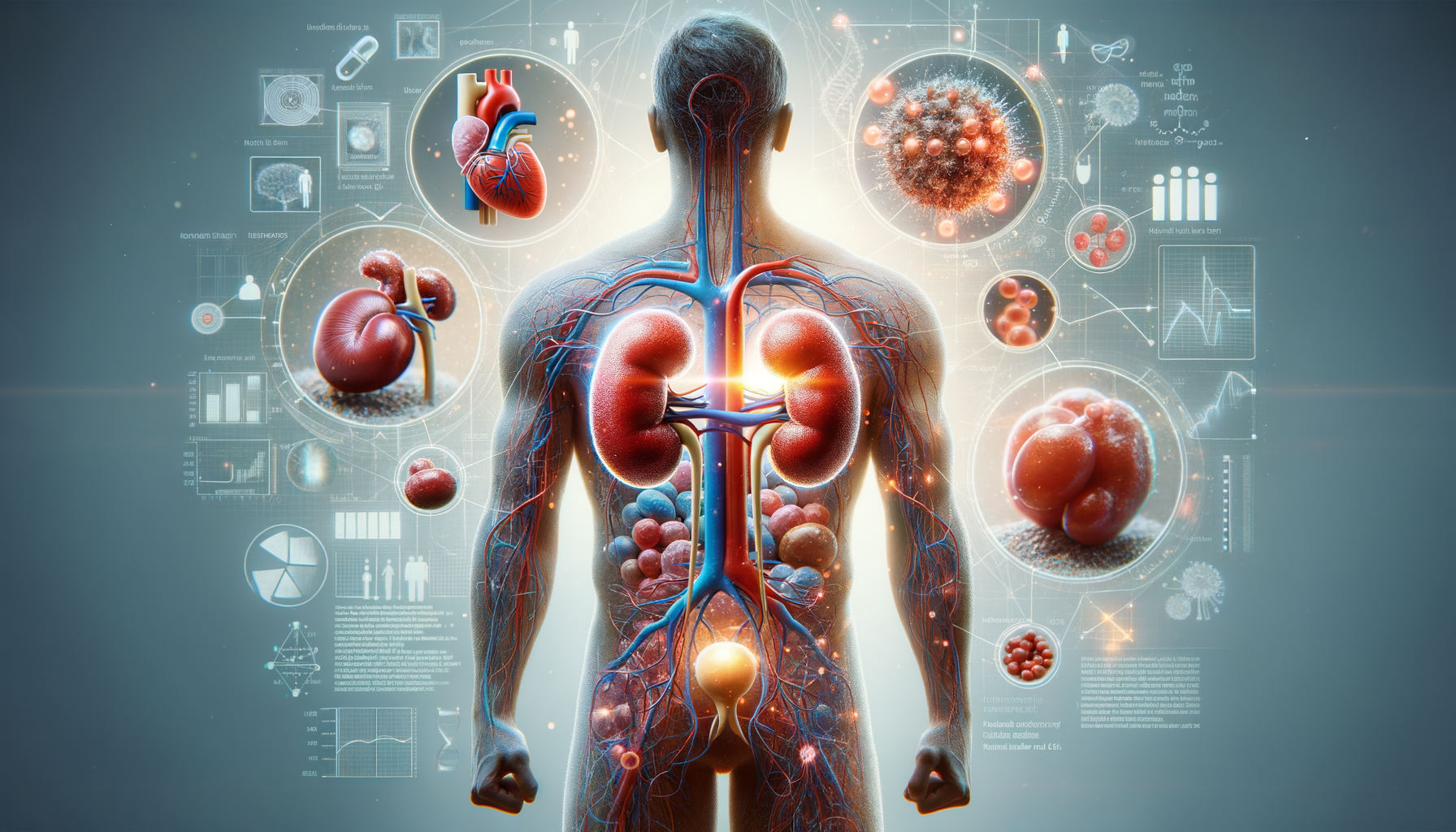Introduction to AIDS: A Global Health Challenge
AIDS, or Acquired Immunodeficiency Syndrome, is a chronic, potentially life-threatening condition caused by the human immunodeficiency virus (HIV). Since its discovery in the early 1980s, AIDS has become a major global health issue, affecting millions of people worldwide. The virus attacks the body’s immune system, weakening it and making it difficult for the body to fight off infections and diseases. Despite significant advances in medical research and treatment, AIDS continues to pose a significant challenge, particularly in low and middle-income countries where access to healthcare is limited.
The importance of understanding AIDS cannot be overstated. It is essential for both prevention and treatment efforts, as well as for reducing the stigma and discrimination often associated with the disease. In this article, we explore the various aspects of AIDS, including its causes, symptoms, treatment options, and the ongoing efforts to combat this global health crisis.
Causes and Transmission of HIV/AIDS
Understanding how HIV is transmitted is crucial in preventing the spread of AIDS. HIV is primarily spread through certain body fluids from a person who has HIV. These fluids include blood, semen, pre-seminal fluids, rectal fluids, vaginal fluids, and breast milk. The most common ways HIV is transmitted include:
- Unprotected sexual contact with an infected person.
- Sharing needles, syringes, or other drug-injection equipment.
- From mother to child during pregnancy, childbirth, or breastfeeding.
It is important to note that HIV cannot be transmitted through casual contact, such as hugging, shaking hands, or sharing dishes. Misunderstandings about transmission contribute to the stigma surrounding HIV/AIDS, which can deter individuals from seeking testing and treatment.
Prevention strategies are vital in combating the spread of HIV. These include the use of condoms, regular testing, and the use of pre-exposure prophylaxis (PrEP) for high-risk individuals. Education and awareness campaigns also play a critical role in reducing transmission rates by informing the public about safe practices and the importance of testing.
Symptoms and Diagnosis of AIDS
The progression from HIV to AIDS can vary significantly among individuals, often taking several years. During this time, the virus gradually weakens the immune system, leading to a range of symptoms and opportunistic infections. Early symptoms of HIV infection may include flu-like symptoms such as fever, sore throat, and fatigue, which can be easily overlooked or mistaken for other illnesses.
As the disease progresses, more severe symptoms may develop, including rapid weight loss, recurring fever, prolonged swelling of the lymph glands, and chronic diarrhea. Opportunistic infections, such as tuberculosis and certain cancers, become more common as the immune system deteriorates.
Diagnosis of HIV is typically made through blood tests that detect the presence of the virus or the antibodies produced in response to it. Early detection is crucial for effective management and treatment, allowing individuals to begin antiretroviral therapy (ART) before the disease progresses to AIDS. Regular testing and early diagnosis can significantly improve the quality of life for those living with HIV.
Treatment and Management of HIV/AIDS
While there is currently no cure for HIV/AIDS, significant advances in treatment have transformed it from a fatal disease to a manageable chronic condition. The cornerstone of HIV treatment is antiretroviral therapy (ART), which involves a combination of medications that work to suppress the virus and prevent its progression.
ART helps to maintain a high level of immune function, reduce the risk of transmission, and improve the overall quality of life for those living with HIV. Adherence to treatment is critical, as inconsistent use of medications can lead to drug resistance and treatment failure.
In addition to ART, comprehensive care for individuals with HIV/AIDS includes regular medical check-ups, monitoring of immune function, and management of any opportunistic infections. Support services, including counseling and support groups, are also vital in helping individuals cope with the social and emotional challenges associated with the disease.
Ongoing research continues to explore new treatment options and the possibility of a cure. While significant progress has been made, continued investment in research and healthcare infrastructure is essential to combat HIV/AIDS effectively.
Global Efforts and Future Directions in Combating AIDS
Global efforts to combat AIDS have seen significant progress over the past few decades, with international organizations, governments, and non-profits working together to increase awareness, provide treatment, and reduce transmission rates. Initiatives such as the UNAIDS 90-90-90 targets aim to ensure that 90% of people living with HIV know their status, 90% of those diagnosed receive sustained ART, and 90% of those on treatment achieve viral suppression.
Despite these efforts, challenges remain, particularly in regions with limited resources and high infection rates. Stigma and discrimination continue to hinder access to testing and treatment, while political and economic factors can impact the availability and distribution of healthcare services.
Looking to the future, the fight against AIDS will require sustained commitment and collaboration. Continued investment in research, healthcare infrastructure, and education is essential to address the evolving challenges of the epidemic. Innovative approaches, such as community-based testing and treatment programs, can help reach underserved populations and improve outcomes.
Ultimately, ending the AIDS epidemic will require a comprehensive and inclusive approach that prioritizes the needs and rights of those affected by the disease. By working together, we can build a future where AIDS is no longer a public health threat.




Leave a Reply